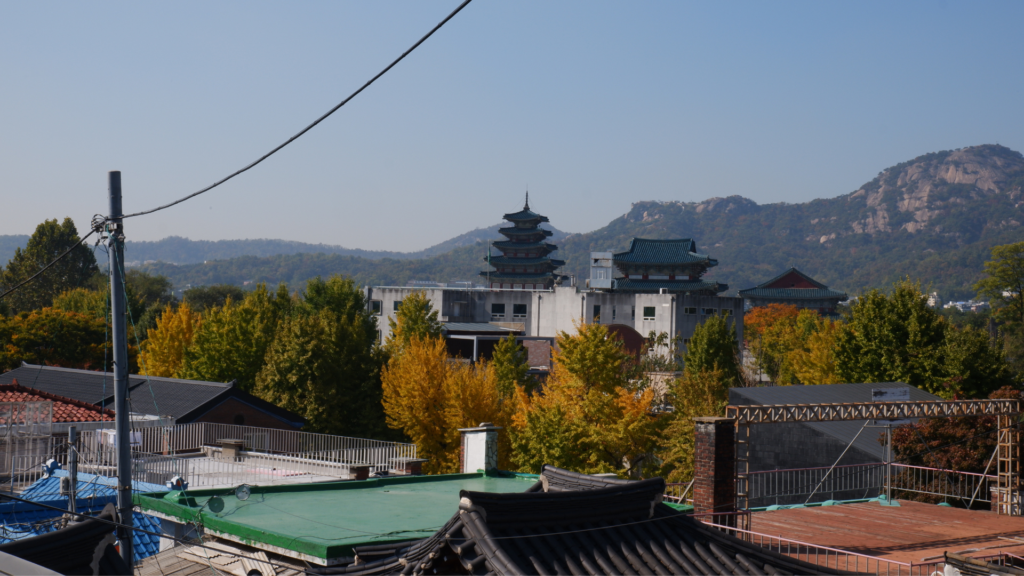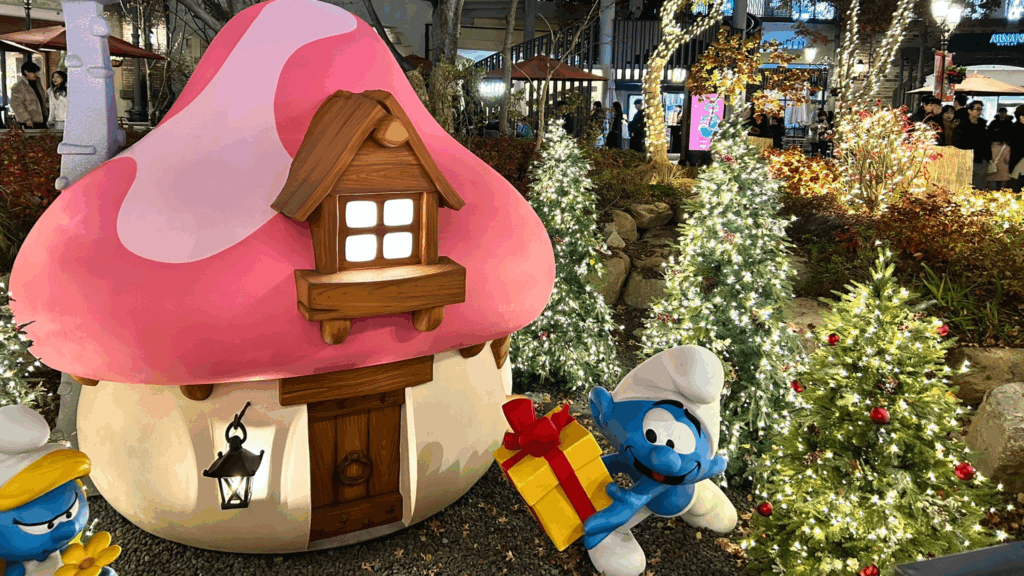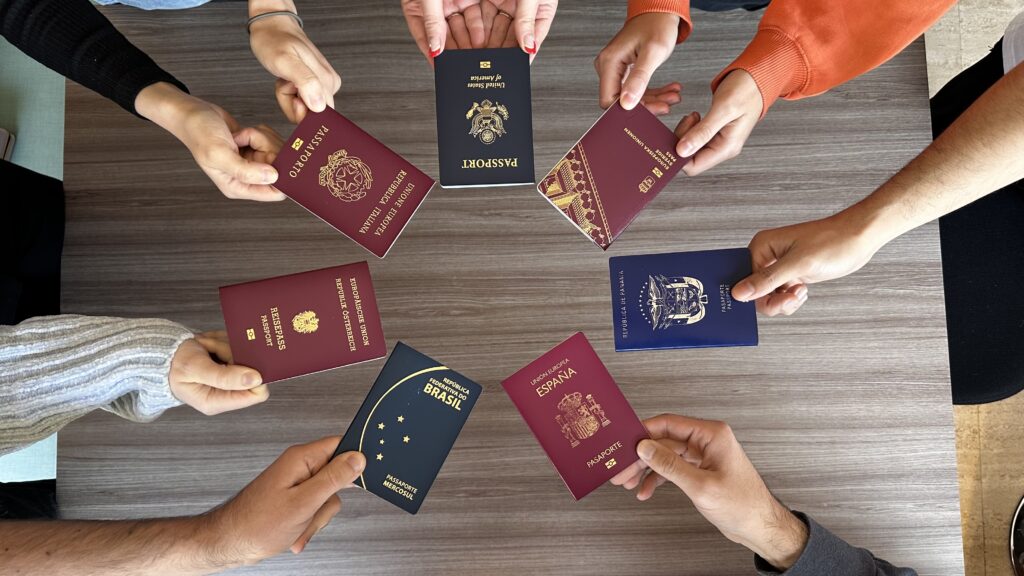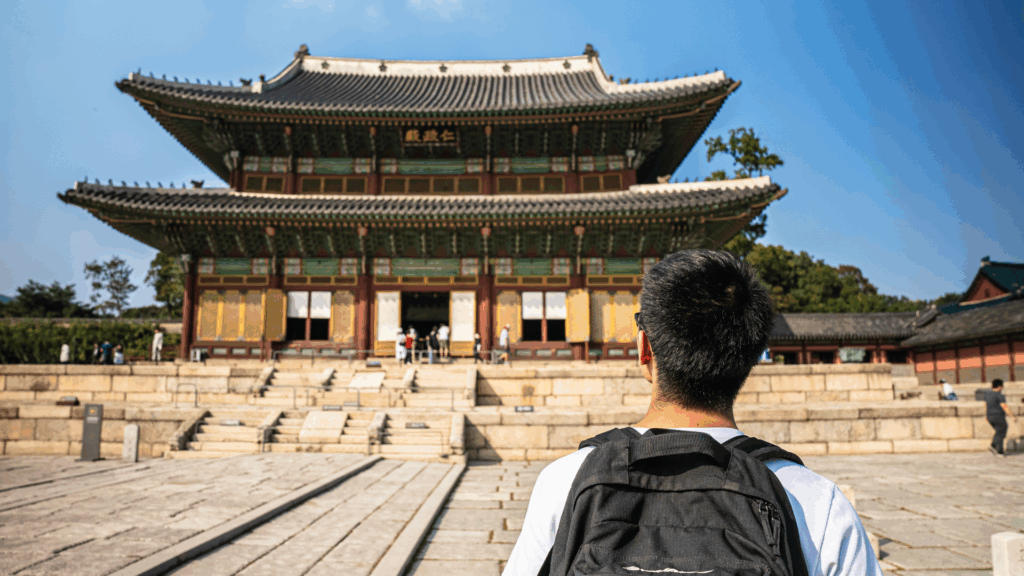In Korea, you may be given an address as an indication to go somewhere. However, the structure of a Korean address can be confusing, especially if you don’t know how to read the Hangul alphabet. Here then is our guide on how to read a Korean address.
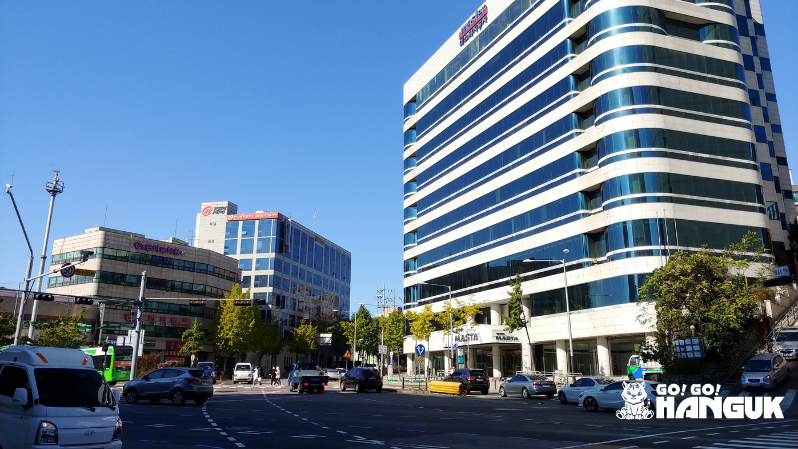
Structure of a Korean address
A Korean address is structured differently from a Western address. In fact, instead of starting with the most specific information and gradually adding more general information, the structure is reversed: it starts with the most general information and then moves on to the most specific information.
So we start with the country, then add the province (if any), the city, the district or borough, the street, the street number (because the same street indicates several streets, which therefore have different numbers), the building number (which in a way corresponds to our house number) and finally the internal number.
The postal code(zip code) is not always indicated, but it is necessary if you are sending a consignment. In this case it is entered last, after the recipient’s name, and has 5 digits.
Let’s take the address of the Go! Go! Hanguk in Korea:
서울특별시, 성동구, 아차산로7길 15-1, 306호.
The transliterated Korean address
When transliterated, i.e. written with our alphabet, the Korean address also conventionally takes a different order. The first information is the room number and house number, followed by the street name with its number, the neighborhood or district, the city and finally the country. It is necessary to know this order in the case of international shipments and it is structured in this way because it is based on the American model.
Let’s take the address of our Korean office as an example again. Transliterated it will be:
306-ho, 15-1, Achasan-ro 7-gil, Seongdong-gu, Seoul, South Korea.

The elements that make up a Korean address
Now let us look at the individual elements that make up a Korean address.
1. City
Let’s start with the city. They are always followed by a termination that indicates what type of city it is. A city with no particular administrative functions will simply be 시 (si), while various metropolitan cities are followed by 광역시 (gwangyeoksi). There are 6 metropolitan cities in Korea: Busan, Daegu, Incheon, Daejeon, Gwangju and Ulsan.
Missing from this list is Seoul. As you may have noticed earlier when reading the Korean address, the city of Seoul is in fact followed by another ending: 특별시 (teukbyeolsi). This is because it is a “special city” (the literal translation of 특별시), i.e. the capital city (which is, however, 수도, sudo) and therefore provides a different indication.
2. Province
When writing the address of a place located in a smaller town (시), the province must also be given. This precedes the city (because remember, you go from the most general information to the most specific) and is always followed by the ending 도 (do). There are 9 provinces in Korea: Gyeonggi-do, Gangwon-do, Chungcheongbuk-do, Chungcheongnam-do, Jeollabuk-do, Jeollanam-do, Gyeongsangbuk-do, Gyeongsangnam-do and Jeju-do. The provincial system works somewhat differently in Korea, and the capital and metropolitan cities are not part of the provincial system but are administrative areas in their own right.
3. Neighborhood or district
Within the capital city or a metropolitan city, the various areas are divided into districts, marked 구 (gu). Within a 구 there may also be various areas called 동 (dong, comparable to districts), which in turn may be divided into 가 (ga).
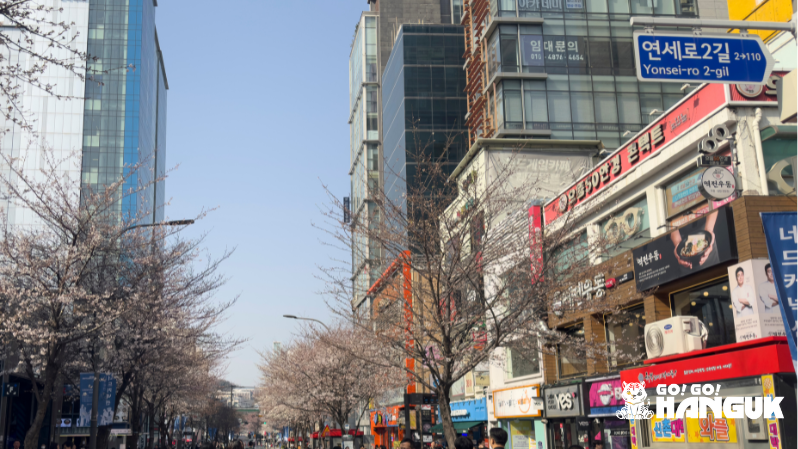
4. Street
Korean streets are called 로 (ro). Usually the 로 are the larger streets (we could compare them to an avenue), while the smaller streets are the 길, which could be compared to streets. In the same address, there can be both, because, as we mentioned at the beginning, the same street indicates several streets: a main street and other connected streets to which a number corresponds. E.g. 연세로7안길 indicates Yeonse-ro internal street no. 7.
5. Interior number
Since buildings in Korea tend to be very large, you should also have the interior number, which is the office or home number you are looking for. This number is marked in the Korean address with 호 (ho).
What we have seen so far are the main elements that make up a Korean address. We hope that we have shed some light on this and that you have found this article useful. For more information and interesting facts about Korea, keep following the Go! Go! Hanguk blog and do not hesitate to contact us about living and studying in Korea.


